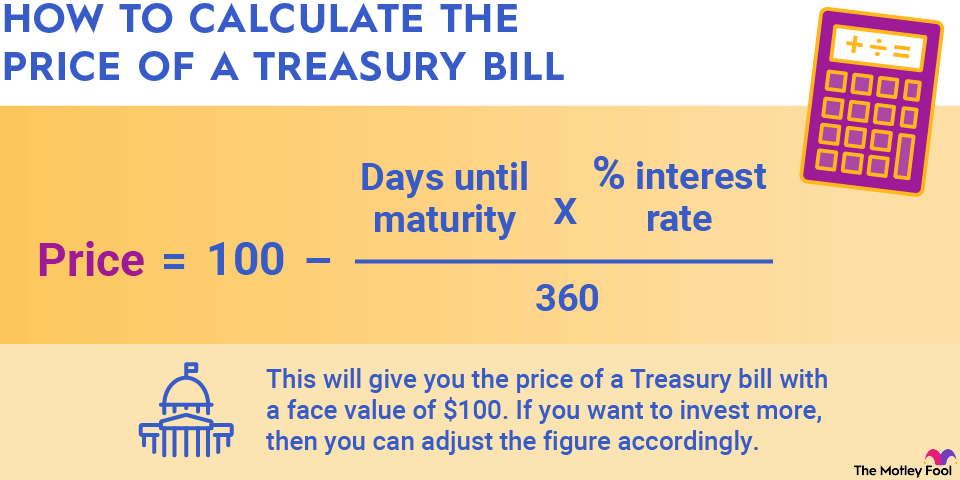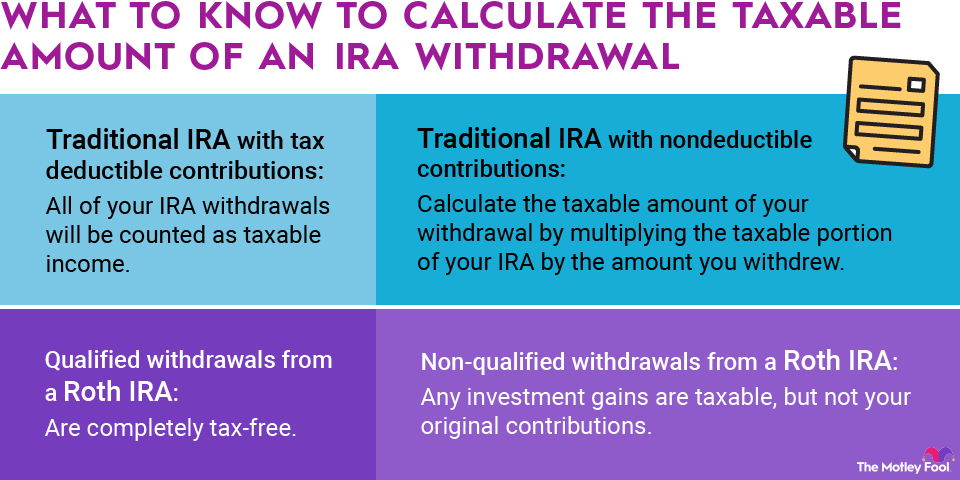Net revenue interest is the total revenue interest that an entity owns in a particular oil or gas production unit, such as a lease, well, or drilling unit. It can be very complex, especially when multiple parties are involved in a drilling lease or unit, including more than one royalty and mineral rights holders receiving different royalty percentages and multiple entities with a working interest in all or only part of the drilling unit.

Here's a closer look at how you calculate net revenue interest.
Royalty rights: Take them off the top
Before you can calculate net revenue interest, royalty rights holders get paid first. The typical oil and gas operation leases land from landowners, agreeing to pay them a percentage of production. This amount comes right off the top.
What's your working interest?
In many cases, more than one party may own an interest in the production. There are several reasons why a company or party would not hold full working interest:
- Joint ventures where multiple parties participate in operations and financial backing.
- Financial backers who don't participate in operations provide up-front funding in exchange for a portion of production.
- Other situations where a party holds a working interest.
After subtracting burdened rights such as royalties, which come first, the remainder is divided among all the working interest owners as described above. The working interest you (or the party you're measuring it for) is what you'll use to calculate net revenue interest.
Doing the math
Here's a simple example.
Let's say royalty rights are 18% of revenue, so we start by subtracting that from 100%, giving us 82%.
82% of revenue is the net revenue interest for this particular production unit. To get net revenue interest for each entity that owns a share of working interest, divide their working interest by 82%. So, if a producer holds the full working interest in the production unit, its net revenue interest would be 82%.
But if, say, you had a financial backer who owned a 10% working interest while you held the other 90%, then the math changes since you'd hold 90% of the 82% of production after royalty holders are paid. So you'd hold 90% x 82% = 73.8% of net revenue interest for that particular drilling unit.
A more complicated example:
If you own a working interest in only part of a larger drilling unit, say you hold 100% working interest in 100 acres of a 300 acre drilling unit:
In this example, using the same royalty interest of 18% as above, you'd hold a 33.3% working interest in the drilling unit, of which 82% is available after royalties. So 33.3% x 82% = 27.3% net revenue interest in the 300-acre drilling unit.
Related investing topics
This matters because the 100 acres you personally own a working interest in may not produce at the same level of output as the full acreage of the drilling unit, but all parties share equally from production of the entire drilling unit, based on their royalty percentage and/or working interest.
It can become even more complex than that, as often a drilling unit will be comprised of multiple royalty owners who may be getting slightly different percentages and multiple working interest owners, potentially participating in only a portion of the acreage in a particular drilling unit.


















